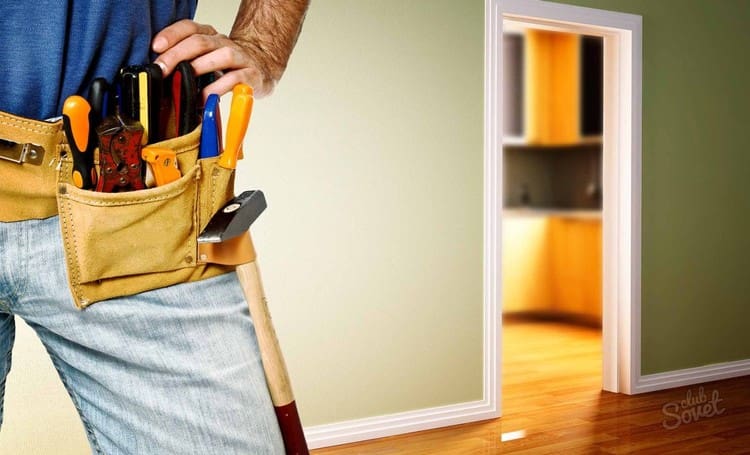Living in a rental property comes with many expectations, but one of the most important is that your landlord keeps up with maintenance and ensures the property remains safe and livable. Unfortunately, some landlords refuse to make necessary repairs, leaving tenants frustrated and uncertain about their next steps.
This complete guide walks you through exactly what to do when your landlord refuses to make repairs. From identifying what needs fixing, communicating effectively, understanding your tenant’s rights and obligations, to exploring legal options and possible dispute resolution, this article covers everything you need to know to protect yourself and your home.
Quick Summary
When your landlord refuses to make repairs, it’s essential to approach the situation methodically. Start by identifying necessary repairs related to maintenance and understand what falls under your landlord’s responsibility. Begin with verbal communication, then move to written requests to document your tenant’s efforts. Knowing your tenant’s rights and your landlord’s legal obligations provides a strong foundation to resolve disputes.
Sending a formal repair request letter and following up persistently helps hold landlords accountable. If the landlord continues to ignore repairs, local housing agencies can step in to enforce maintenance standards.
Legal remedies like rent withholding or repair and deduct may be options but should be used cautiously and with professional advice. When repairs are not made and living conditions become unsafe, moving out is a last resort that requires careful planning and documentation.
Clear communication, thorough documentation, and knowledge of tenant laws and landlord obligations are your best tools in resolving repair disputes. This guide empowers tenants to protect their rights, ensure proper maintenance, and maintain safe living conditions even when facing an uncooperative landlord.
Identifying Required Repairs
The first step in any repair dispute is to clearly identify what repairs are necessary. Maintenance issues can range from minor inconveniences to serious threats to health and safety.
What Counts as a Repair?
-
Plumbing leaks or broken pipes
-
HVAC system failures
-
Electrical hazards or faulty wiring
-
Broken windows or doors
-
Pest infestations
-
Structural damage, including mold or cracks
-
Unsafe stairs or railings
These are the landlord’s responsibility to maintain. Repairs are not improvements or upgrades but necessary fixes to keep the property habitable. Understanding this distinction is critical for asserting your tenant’s rights.
Verbal Communication with the Landlord
After identifying needed repairs, start by verbally communicating with your landlord. Sometimes delays happen simply because of miscommunication or lack of awareness.
Tips for Effective Verbal Communication
-
Clearly explain the maintenance issue and its urgency.
-
Remind the landlord of their obligation to maintain the property.
-
Ask for an estimated timeline for repairs.
-
Keep the conversation calm and professional to avoid escalating the dispute.
If verbal communication doesn’t lead to action, the next step is to document your requests.
Documenting Your Requests
Keeping written records of your maintenance requests is essential. Documentation establishes a clear timeline and proof of your tenant’s effort to notify the landlord.
How to Document Repair Requests
-
Send emails or letters detailing the repair, including date and description.
-
Attach photos or videos showing the issue.
-
Save all correspondence and responses from the landlord or their agents.
-
Note any verbal conversations as well, with dates and summaries.
This documentation is key in any dispute resolution process or legal proceedings.
Understanding Tenant Rights
Each region has laws defining the landlord’s responsibility to maintain rental properties and the tenant’s rights when repairs are neglected.
Common Tenant Rights Include
-
The right to a safe, habitable living environment
-
The landlord’s legal obligation to complete repairs within a reasonable time
-
Protection from retaliation for reporting maintenance issues
-
The tenant’s right to seek remedies like withholding rent or repair and deduct in some jurisdictions
Familiarizing yourself with your tenant’s rights and your landlord’s obligations is critical for handling repair disputes.
Sending a Formal Repair Request
If informal communication fails, send a formal repair request letter. This is a professional document that clearly states the problem and your expectations.
What to Include in a Formal Repair Letter
-
Your full name and address
-
A detailed description of the repair needed
-
Reference to previous repair requests and dates
-
A polite but firm request for repair within a specified timeframe
-
A statement explaining the next steps if the landlord does not respond
Send this letter through certified mail or another method that provides proof of delivery, ensuring your landlord cannot claim ignorance.
Following Up on Repair Requests
Persistence is important in a maintenance dispute. After sending the formal request, continue following up regularly until the issue is resolved.
How to Follow Up Effectively
-
Send polite reminders if the repair deadline passes without action
-
Keep thorough records of every follow-up communication
-
Be clear about the urgency and potential impact on habitability
-
Remain professional to facilitate cooperation and resolution
Following up demonstrates your seriousness and keeps the landlord accountable.
Navigating Local Housing Laws
Understanding local housing codes, tenant rights, and landlord responsibilities helps you navigate the repair dispute process wisely.
Researching Your Local Laws
-
Visit government housing agency websites
-
Contact tenant advocacy groups or legal aid organizations
-
Read your lease agreement for repair clauses and obligations
-
Learn about timelines and landlord duties specific to your jurisdiction
This knowledge equips you to make informed decisions and assert your rights confidently.
When to Involve Local Authorities
If your landlord continues to ignore repair requests, it may be time to involve local housing agencies or health departments.
Role of Local Agencies
-
Inspect your property for code violations
-
Issue citations or fines against landlords who neglect maintenance obligations
-
Order landlords to complete repairs within a deadline
-
Offer mediation or dispute resolution services between landlords and tenants
Involving local authorities can often lead to faster resolution and compliance from landlords.
Exploring Legal Options
When all other avenues fail, you may need to pursue legal options to enforce repairs or seek compensation.
Legal Remedies Available
-
Withholding rent legally if permitted by your jurisdiction
-
Making necessary repairs yourself and deducting costs from rent (repair and deduct)
-
Filing a complaint in small claims court for breach of landlord obligations
-
Seeking compensation for damages or expenses caused by neglect
Consulting a tenant’s rights attorney or legal aid organization can clarify the best legal course based on your situation.
Considerations for Moving Out
If your landlord refuses to fix serious issues and your home becomes unlivable, moving out may be necessary.
Important Things to Know
-
Review your lease and local laws about early lease termination due to repair refusal
-
Document the hazardous or unlivable conditions thoroughly
-
Provide formal written notice to your landlord explaining the reason for leaving
-
Attempt to negotiate a lease termination agreement to avoid penalties
-
Be aware of any financial or legal consequences related to breaking your lease
Moving out should be your last option after pursuing all other repair resolution methods.





